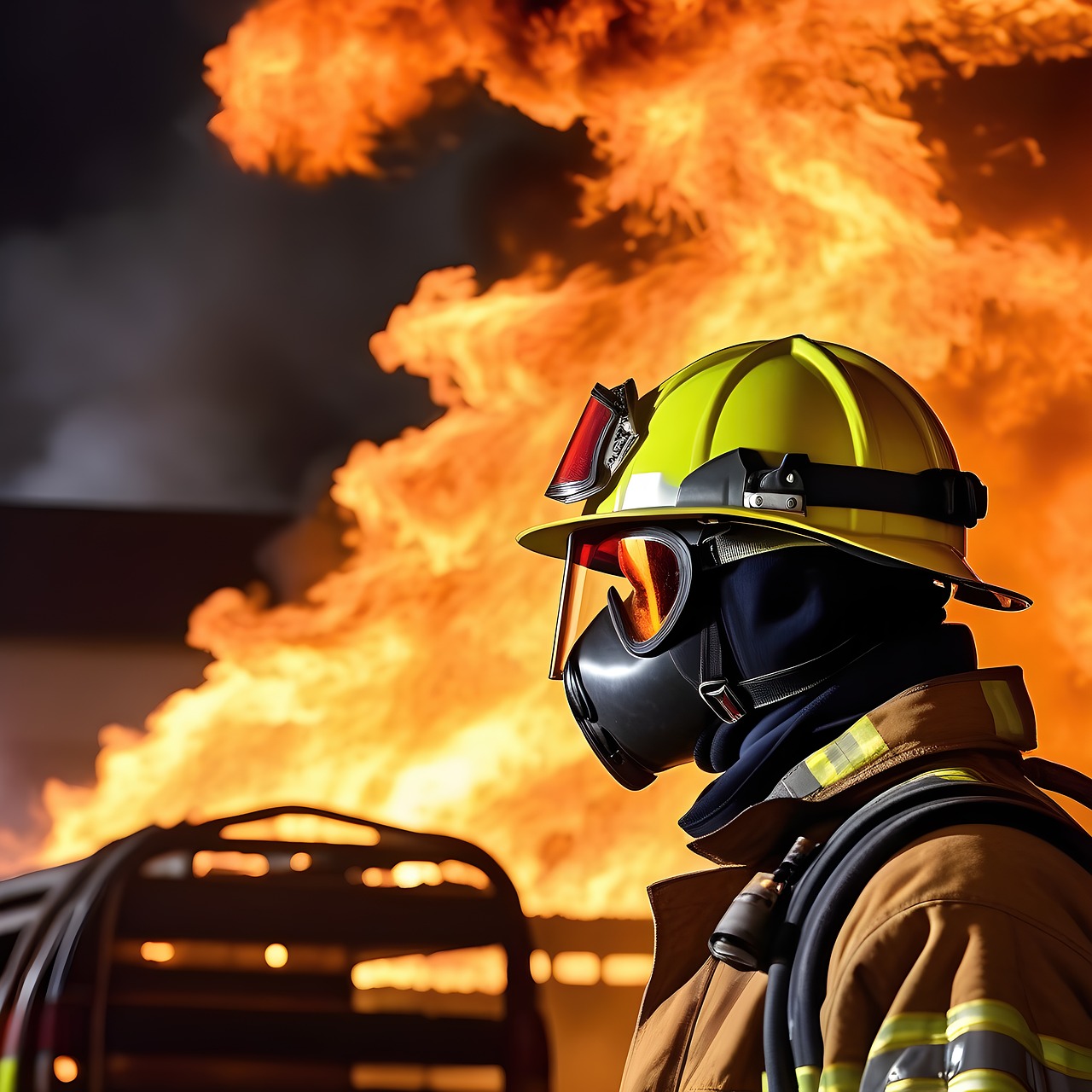Concerning the success and efficiency of volunteer fire departments, effective communication is paramount. You must prioritize establishing clear and efficient channels of communication to ensure that vital information is shared promptly and accurately among team members. In this blog post, we will discuss the importance of communication in volunteer fire departments and provide insights on how to create and maintain effective communication channels within your department.
Communication Essentials in Firefighting
Types of Communication in Volunteer Fire Departments
Any successful volunteer fire department relies on effective communication channels to ensure the safety and efficiency of all operations. In a fast-paced and high-stress environment like firefighting, different types of communication play a crucial role in coordinating efforts and exchanging critical information. Let’s research into the main types of communication used in volunteer fire departments:
| Radio Communications | Face-to-Face Communication |
| Mobile Apps and Messaging Platforms | Incident Command System (ICS) |
| Emergency Signals and Codes | Training Sessions and Drills |
| Email and Written Reports | Social Media and Online Platforms |
| Telephone and Dispatch Systems | Visual Signals and Hand Gestures |
The effective utilization of these communication tools is important for seamless coordination and rapid response during emergencies. The integration of various communication methods ensures that information is disseminated efficiently and accurately. The continuous training and familiarization of volunteers with these communication channels are crucial to maintain effective communication flow within the department.
Challenges in Communication for Volunteer Firefighters
An efficient communication system is vital for the success of any firefighting operation. However, volunteer firefighters often face unique challenges that can impede effective communication. This includes issues such as:
This may lead to delays in response times, confusion during critical moments, and potential risks to both firefighters and the community. Overcoming these challenges requires proactive measures, ongoing training, and a focus on improving communication strategies within the volunteer fire department.
Establishing Effective Channels
Technological Tools for Communication
The advancements in technology have revolutionized communication within volunteer fire departments. With the use of mobile apps, messaging platforms, and scheduling software, departments can ensure efficient and instantaneous communication among team members. These tools also help in sharing important updates, coordinating responses, and organizing training schedules effectively.
Best Practices for Interpersonal Communication
Best practices for interpersonal communication in volunteer fire departments involve fostering a culture of open communication, active listening, and respect among team members. It is necessary for firefighters to communicate clearly, concisely, and professionally, both during emergencies and regular operations. Building strong interpersonal relationships through effective communication can enhance team cohesion and overall performance.
It is crucial for volunteer firefighters to undergo regular communication training to enhance their skills in conflict resolution, de-escalation techniques, and effective teamwork. By practicing active listening, empathy, and assertiveness, firefighters can communicate more effectively in high-stress situations, which are common in emergency response scenarios.
Training and Protocols
Developing Communication Training Programs for Volunteers
On the journey to effective communication within volunteer fire departments, developing communication training programs for volunteers is crucial. These programs should cover various aspects such as radio communication protocols, incident reporting procedures, and inter-team communication strategies. By providing comprehensive training, volunteers can enhance their communication skills, ensuring efficient and clear exchanges during emergency responses.
Implementing Standard Operating Procedures
Programs in volunteer fire departments must implement Standard Operating Procedures (SOPs) to streamline operations and maintain consistency in communication practices. SOPs outline specific protocols for different scenarios, including response procedures, equipment usage guidelines, and chain of command structures. By adhering to SOPs, volunteers can operate with a standardized approach, minimizing confusion and optimizing response efficiency.
Training for SOP implementation is important to ensure that all volunteers understand and follow the established procedures consistently. Regular drills and reviews of SOPs can help reinforce these protocols and allow for adjustments based on lessons learned from past incidents. Clear communication of SOPs and continuous training efforts are vital in embedding these procedures into the department’s culture.
Continuous Improvement and Adaptation
Assessing Communication Effectiveness
Now, one crucial aspect of continuous improvement in volunteer fire departments is assessing the effectiveness of communication channels. It is imperative to regularly evaluate how information is shared among team members to identify any bottlenecks or gaps in communication. This evaluation process allows departments to refine their communication strategies and ensure that critical information reaches all team members in a timely and efficient manner.
Future Trends in Fire Department Communication
Continuous advancements in technology are shaping the future of communication within fire departments. One trend to watch is the integration of communication tools with wearable devices, enhancing the efficiency of on-site operations. Departments are also exploring the use of drones for communication during emergencies, providing real-time aerial views to all team members. Embracing these technological changes will be crucial for fire departments to adapt and improve their communication practices.
Continuous improvement in fire department communication involves staying updated with the latest trends and technologies that can enhance information sharing and coordination. By proactively adapting to these trends, departments can ensure effective communication during emergencies and improve overall operational efficiency.
Summing up
Drawing together the various aspects discussed in this piece, it is evident that communication plays a crucial role in the effective functioning of volunteer fire departments. By establishing clear channels of communication, such as regular meetings, utilizing technology, and fostering a culture of open dialogue, volunteer firefighters can improve collaboration, coordination, and ultimately enhance the overall effectiveness of their operations. It is necessary for volunteer fire departments to prioritize communication as a key component of their organizational strategy to ensure the safety of their members and the communities they serve.

